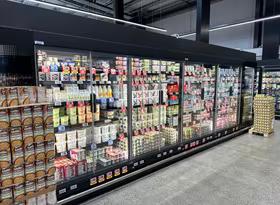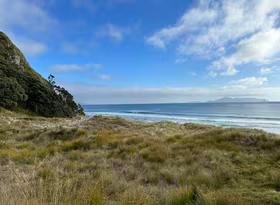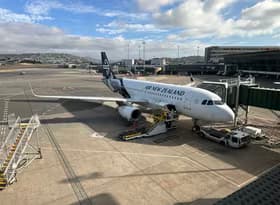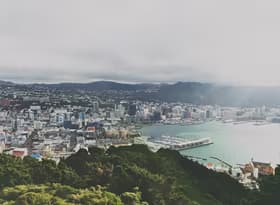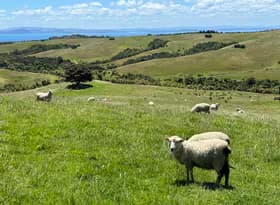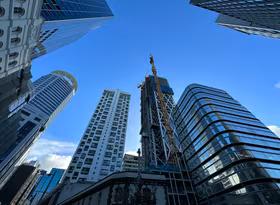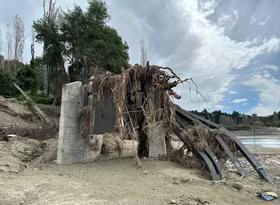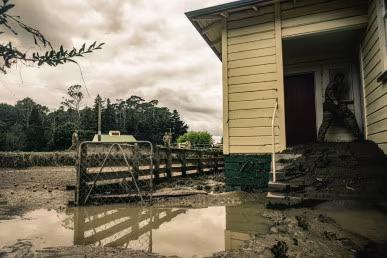
Media Release: Solid regional economic results at end of 2022, ahead of disruption from Cyclone Gabrielle
Economic activity remained solid at the end of 2022, following a substantially stronger boost in the September 2022 quarter. However, the disruption from Cyclone Gabrielle poses a challenge for several regional North Island economies over an extended period.
Infometrics’ December 2022 Quarterly Economic Monitor shows a 2.8% rise in annual provisional economic activity over the 12 months to December 2022. The continuing recovery in tourism is boosting activity across many South Island areas and keeping economic growth buoyant.
“The late stages of 2022 saw some signs of the collective economy trying to ’cool the jets’, as inflation remained stubbornly high and the Reserve Bank signalled an engineered recession to realign economic demand and supply. We think that underlying economic activity was broadly flat to declining at the end of 2022, partially because of how strong the September 2022 quarter was,” says Infometrics Chief Executive and Principal Economist Brad Olsen.
Rapidly strengthening tourism activity has bolstered the broader transport sector, and professional services are still moving ahead at pace. But the construction sector appears to be working at capacity, and the primary sector continues to struggle with higher costs and fewer workers. “Looking ahead, we expect that the floods in Auckland and the massive disruption from Cyclone Gabrielle will dampen economic activity at the start of 2023, before providing an artificial boost to growth as the recovery swings into action.”
Economic activity across the North Island has been patchier in 2022, with some areas running into capacity constraints. Monthly tax filings suggest that filled jobs have increased 2.5%pa over the 12 months to December 2022, with high but plateauing employment levels in the upper North Island.
“Our analysis suggests that a number of regional economies were already constrained at the end of 2022. There were strong levels of economic activity taking place, but limitations on how much more could be done given the pressure to find workers and resources amid rising costs.”
“We anticipate a considerable period of disruption for parts of the North Island given the devastating effects of Cyclone Gabrielle. With several affected areas being major centres of food products, the destruction of crops, farms, and primary production equipment will hamper output. More limited communications, and disrupted transport infrastructure, will also limit economic activity in the short-term.”
In the immediate term, there are a lot of people that will need to be housed in the most affected regions – both those displaced, and those coming into the region to help with recovery efforts. For businesses, cashflow will be under pressure given mounting costs to get back into operation, but limited revenues given the destruction of producing assets.
“Resourcing the recovery from Cyclone Gabrielle will be difficult given the constraints already clear across the economy. Workers and materials will need to be diverted from other areas and other tasks to enable the recovery. There will need to significant capital investment to rebuild transport networks and re-establish primary sector operations.”
ENDS

